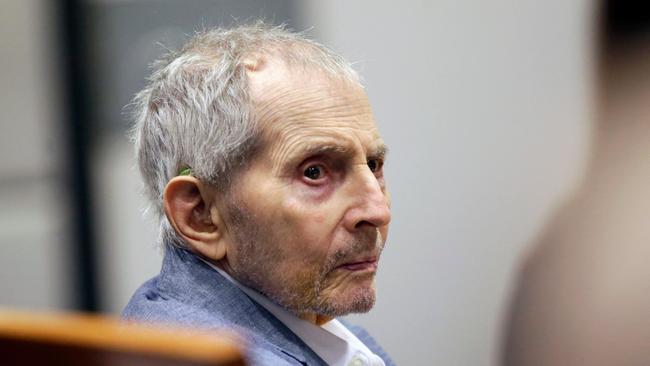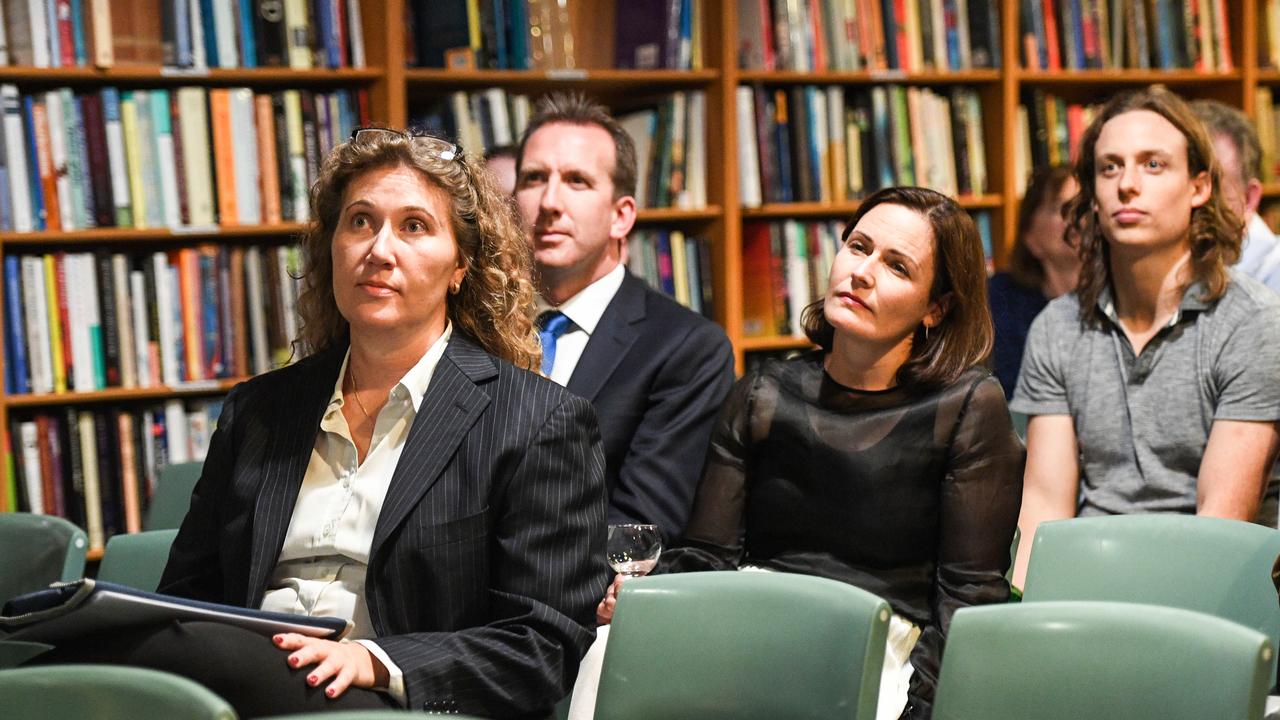Robert Durst stood to inherit a real estate empire but turned to crime
Robert Durst should have been a business tycoon like his father and grandfather, but then his wife went missing.

Robert Alan Durst, murderer
Born New York, April 12, 1943. Died in California on January 10, aged 78
-
Joseph Durst arrived in the US from Austria in 1902 with just $3 but plenty of ambition. A tailor, he did well in the rag trade and then bought some real estate. Within 25 years, he had formed the Durst Organisation, which today is one of the biggest property developers in New York City, and most recently builder of the One World Trade Centre tower, the tallest in the US.
In 1974, his first-born, Seymour, took over the business with a policy of not buying or building anything to which he could not walk. He lived in Lower Manhattan so this proved a good strategy as prices there boomed. At one point his company owned more than 4ha of the island.
He was active in city politics and a forensic student of his hometown’s history, amassing a collection of street signs, maps, photographs, newspapers and 10,000 books that form the Old York Library at what was once his home.
On Seymour’s retirement, his first-born, Robert, was overlooked as the natural inheritor of the family business. His younger brother, Douglas, took charge.
As boys, their relationship had been so bad they were sent for counselling. At one point, Douglas hired a bodyguard to protect him from his brother. When Robert worked for a time in the family business, he kept a large plumber’s wrench in his desk and urinated in waste paper baskets.
While being tried for murder just last September, he remained deeply unpleasant and insisted lawyers at his trial refer to him as “sir”, which they did. He was also offered an opportunity to show some humanity and let the family of his former wife know where he had disposed of her body so he could die with a clear conscience, at least about that matter.
He chose not to.
But that is not why he was on trial. He had been charged with killing his best friend from university days, prominent journalist Susan Berman. He flew from New York to California in December 2000 not just to meet up with his faithful confidante but to kill her execution-style, with a pistol shot to the back of her head, because he feared she would reveal details of what she suspected was the murder of the missing Kathleen McCormack, Durst’s first wife, who had not been seen since January 31, 1982.
When she went missing, Durst posted a reward of $100,000 for information on her whereabouts. Soon after, he reduced this to $15,000. Seems he wasn’t that keen on knowing. In any case, he already knew.
He claimed at the time he had put her on a train headed to Manhattan from their Westchester County home and then had drinks with neighbours. Yet police had always been confident he was their man. Durst remarried. And he stayed in contact with Berman, sometimes giving her money when she ran short. He even walked her down the aisle when she married in 1984. Her father, Davie Berman, was unavailable – the infamous gangster had died decades earlier.
In 2001, Durst was arrested and charged with the murder of his neighbour, Morris Black, parts of whose body had been found in Galveston Bay. His story was that Black had attacked him with a rifle, which Durst had wrestled from him before shooting him with it. He was found not guilty of murder but convicted on a charge of having tampered with evidence (dismembering his victim).
By 2005, he was out on bail. That year, he was approached to take part in a documentary series, The Jinx: The Life and Deaths of Robert Durst. Against advice, he agreed to be interviewed.
He was asked about a letter anonymously sent to Los Angeles police simply reading “cadaver” and giving Berman’s address. He denied sending it. He was then shown a letter he had sent Berman earlier, similarly misspelling her address in identical handwriting.
Under pressure, he went to the bathroom, still with the studio microphone on. He started talking to himself: “There it is. You’re caught … What a disaster … What the hell did I do? Killed them all, of course.”
Coincidentally, Durst was arrested in New Orleans on firearms charges the day that was broadcast. He pleaded guilty and served time in jail before being transferred to California where last September he was found guilty of Berman’s murder and sentenced to life in jail.



